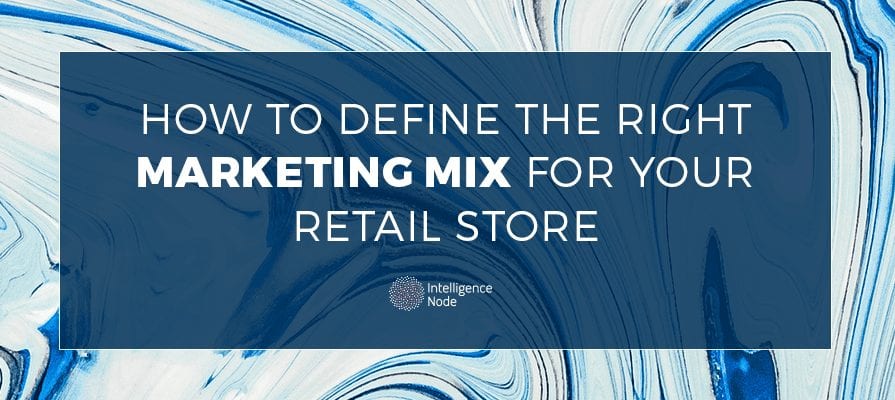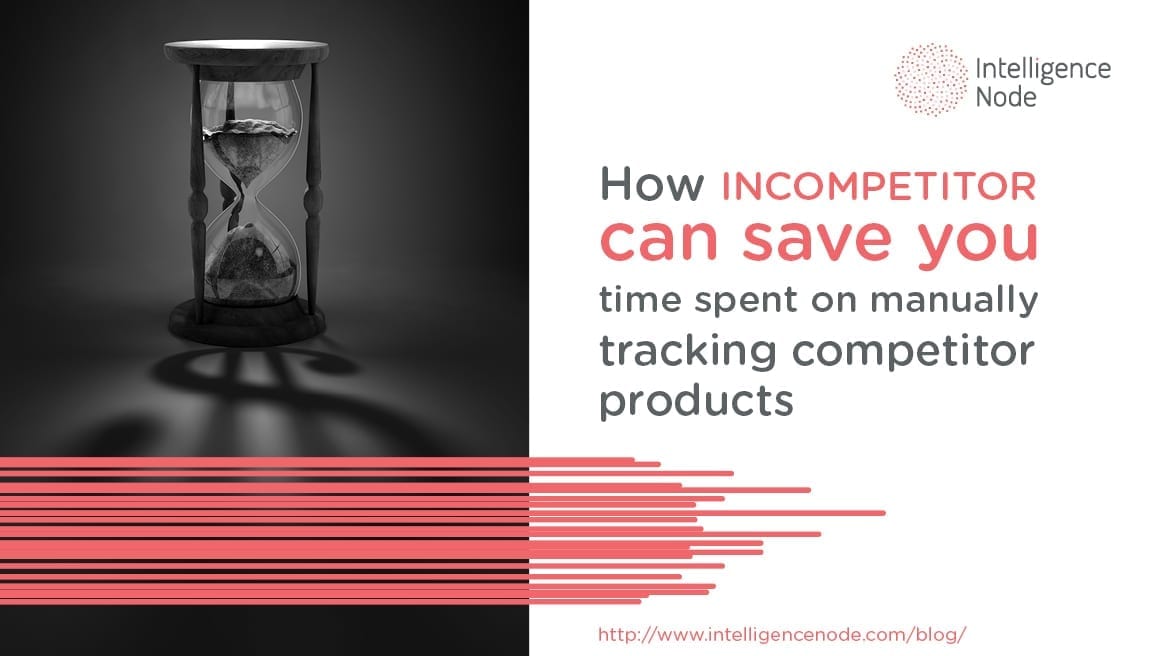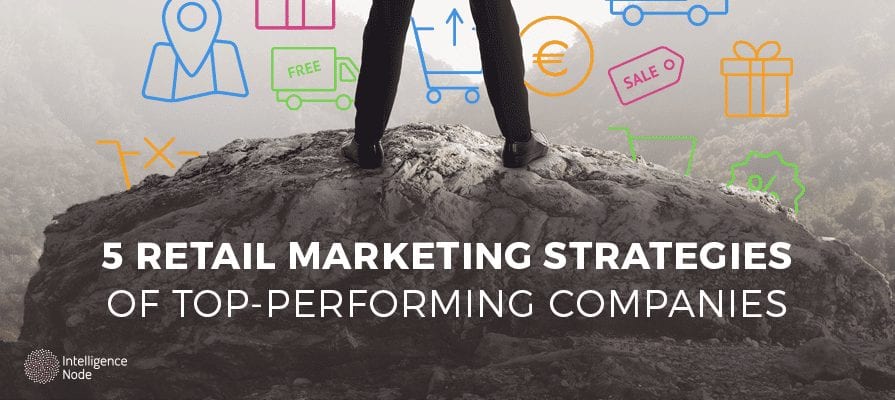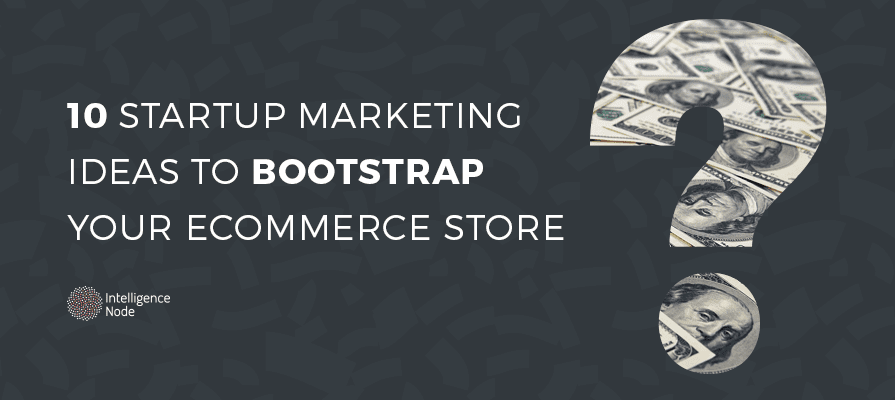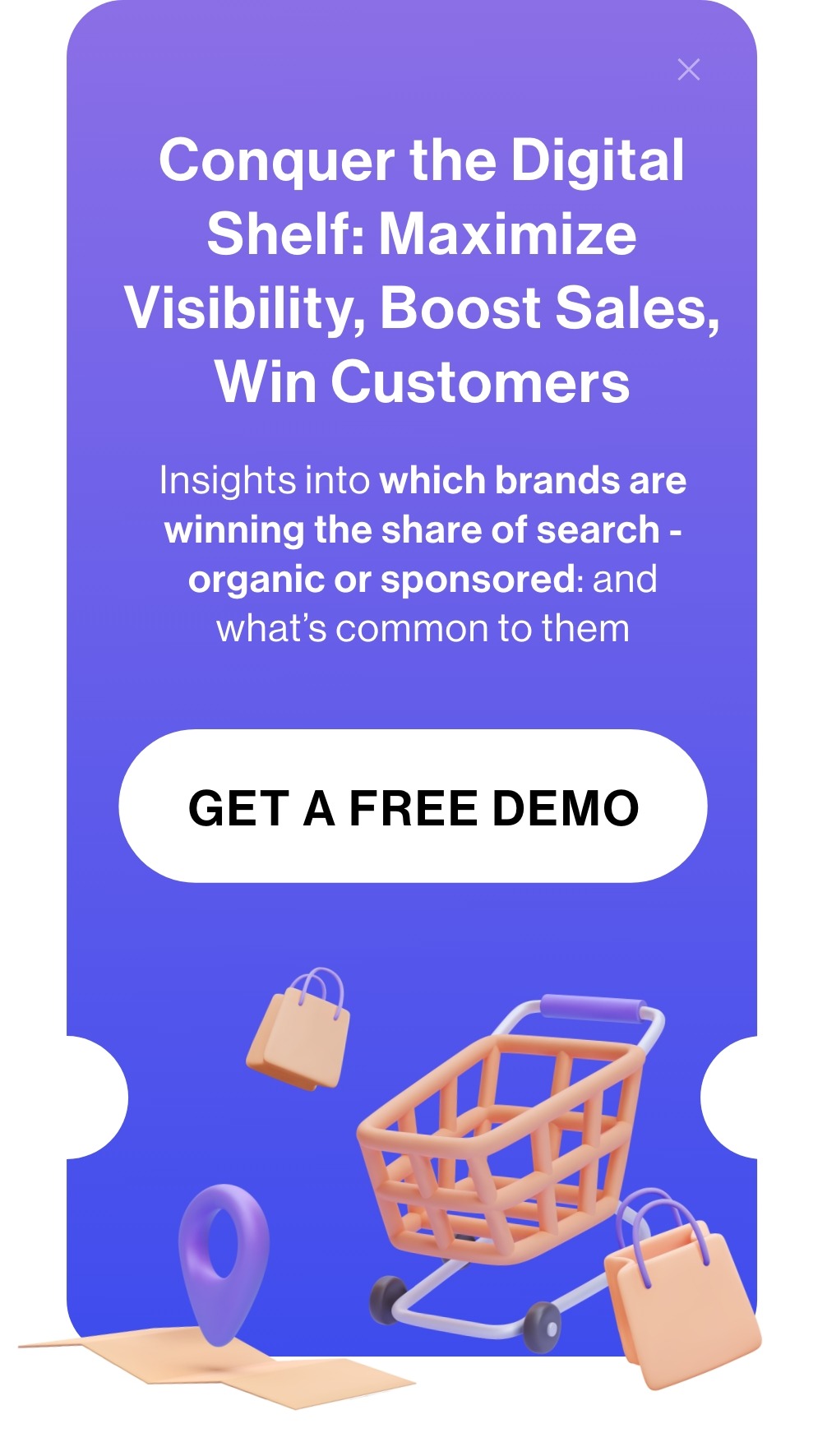In the most basic terms, the marketing mix definition is placing the right product, at the right place, at the right time, and at the right price in front of your potential customers to see and buy it. The trouble lies in doing it well, in order to make the most sales possible. How can you define the right marketing mix for your retail store?
Let’s break this down a little further, shall we?
Have a Plan
Your first priority in defining your marketing mix is to create a plan. Now, this plan isn’t necessarily set in stone, it may evolve as you go along, but creating a road map will at least give executable steps to follow in place of spinning your wheels. In the plan you’ll want to include things like sales goals, anticipated timelines, metrics to measure success, and information about the product you want to sell. For each product you plan on selling you want to know who your target market is, the value of the product, the price of the product, how and where you are selling it, and how you will promote it.
Product and Price
Things you should consider regarding the product are:
- The value and price of the product, and potential discounts that could be offered
- When people will want it (for example, can it be a gift for the holidays?)
- How often they will want it (i.e. a repeat purchase product)
- Accessories or bundle purchases that work well with the product
- Sizes and colors, etc…
Promotion and Placement
Odds are your product will be placed on your retail shop’s website, but if there is a specific product you are trying to push, will it be given special treatment? By that I mean, will it be prominently placed on your homepage? Will it have a separate landing page that you will drive traffic directly to? Will this product be featured as part of a set? Then, how will you promote the product?
Factors to consider for promoting your product include, but are not limited to:
Paid vs Organic Search
In truth, we could write an entire article on the pros and cons of paid vs. organic search, but the best marketing mixes include a blend of both. The idea is to get as many eyeballs as possible on the product’s page, and fill that page with as many relevant details as needed to get the customer to click the purchase button.
Social Media Promotions
Where are the people that would be most likely to buy this product hanging out? For example, if visual promotions would work best for your product Facebook, Pinterest and Instagram may be good choices. However, if your best promotions are going to be an article or blog post explaining the product, links via Twitter, StumbleUpon and LinkedIn may be better options.
PR Campaigns
Is it possible to get your product on the news or in a local publication? If so, can the outlet link back to your product? What makes your product newsworthy?
Email Campaigns
Do you have a mailing list of leads? Perhaps creating a strategic email campaign for promoting the product is in your best interest.
Partnerships for Promotions
Perhaps an affiliate program or some other joint venture campaign would be best to promote your product. Thinking outside the box could generate more sales.
Consider the Sales Process
One of the biggest mistakes retail shops make is not in promoting their products, but in the sales process after the customer visits your shop.
CBS News reported that “nothing can kill sales success faster than a lousy sales process.”
If you’re too pushy, they leave. If you’re not informative enough, they leave. If you don’t guide them along in the process, they leave. If it’s not incredibly simple to purchase, they leave. Are you seeing a pattern here? For people to part with their money, they want the entire process to be as seamless, and pain free as possible. They don’t want to guess or worry about any step of the sale.
Once they buy, the ending stages of the sales process should be seamless as well. Products should be delivered as promised, and in a timely manner. Any errors or issues should be addressed promptly, and courteously so the client will come back. According to Forbes Magazine, as many as 49% of people find alternate companies to purchase from due to poor customer service. Don’t let that happen to you.
Finally, once the sales process is complete, don’t forget to follow up. People want to know that you care about them. So, check in and make sure they are happy with the purchase. It also doesn’t hurt to offer them an invitation to return for more purchases and/or to ask them to refer customers to you.

